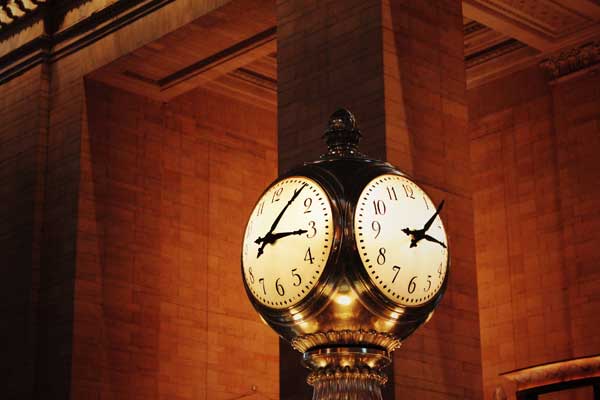Doomsday Clock moves to 89 seconds to midnight, closest ever to human extinction

[Image of a clock. Credit to Unsplash]
On Tuesday, January 28, the Doomsday Clock, a symbolic representation of humanity’s proximity to global catastrophe, was set at a historic 89 seconds to midnight.
For the past 78 years, the clock’s time has adjusted based on scientists’ belief on how close humanity is to total destruction, with this marking its closest point to ‘doomsday’ since its creation in 1947.
The Bulletin of the Atomic Scientists, which oversees the clock, says growing global threats—particularly the escalation of nuclear risks—as the primary cause for this alarming change.
Tensions between nuclear-armed states, especially the ongoing conflict in Ukraine, underscore the fragility of international relations and the increasing potential for nuclear confrontation.
Despite disarmament efforts, the risk of nuclear weapons being used in a full-scale war remains deeply concerning.
Manpreet Sethi, a member of the Bulletin's Board, stressed that public awareness of the catastrophic consequences of nuclear conflict remains insufficient, particularly as military technologies advance.
Without concrete efforts to advance arms control and ease tensions, the risk of an unintended nuclear confrontation may rise.
In addition to the nuclear threat, the accelerating climate crisis has become a major existential challenge.
Extreme weather events, rising sea levels, and ecological collapse are no longer just distant predictions but current ongoing crises.
These environmental shifts endanger ecosystems and destabilize geopolitical landscapes, as resource scarcity increasingly drives conflict.
The failure to curb global warming exacerbates food and water shortages, particularly in vulnerable regions.
Biological threats, heightened by advances in biotechnology, are also emerging as critical risks.
The rapid development of synthetic pathogens has become a major global security concern.
Suzet McKinney, another Bulletin Board member, warned of the potential for Artificial Intelligence (AI) to create biological agents, potentially triggering a global health disaster.
The COVID-19 pandemic has already exposed the world’s lack of preparedness for large-scale biological threats.
At the same time, the spread of misinformation continues to undermine efforts to tackle these crises.
False narratives surrounding climate change, vaccines, and international diplomacy make it more difficult for governments and organizations to build consensus on urgent matters of global security.
The proliferation of disinformation deepens societal divisions, hindering science-based solutions.
Additionally, the rapid advancement of AI presents new challenges in governance, warfare, and surveillance.
The potential misuse of AI, such as autonomously controlling military systems or manipulating elections, presents unprecedented global risks.
While AI holds promise for addressing critical issues like disease and climate change, its misuse could lead to severe consequences.
Without proper global oversight, AI-driven cyberattacks, misinformation campaigns, and autonomous weapons could escalate conflicts in unpredictable ways.
Rachel Bronson, President of the Bulletin of the Atomic Scientists, emphasized that while the risks are severe, they are not beyond our ability to mitigate.
She called for immediate, coordinated action from governments, corporations, and civil society to prioritize nuclear disarmament, accelerate climate action, and regulate emerging advanced technologies.
The Bulletin’s decision to move the Doomsday Clock closer to midnight serves as an urgent call to action, demanding immediate efforts to prevent global catastrophe.
It highlights the potential for humanity to take decisive steps and avoid disaster, emphasizing that the future is still shaped by the actions taken today.
The clock’s adjustment underscores the critical need for global cooperation and effective solutions to address the mounting risks facing the world today.

- Chaemin Lee / Grade 11
- Saint Paul Academy Daechi

![THE HERALD STUDENT REPORTERS [US]](/assets/images/logo_student_us.png)
![THE HERALD STUDENT REPORTERS [Canada]](/assets/images/logo_student_ca.png)
